Description
ABSTRACT
Does the Filing of an Action Keep the Running of Time in Abeyance for the Purposes of Limitation Law? – A Critical Review of the Supreme Court Decision in Sifax (Nig) Ltd v Migfo Nig. Ltd
Ayo A. Olorunfemi* and Abiodun Ogunbameru**
The Supreme Court in Sifax (Nig) Ltd & Ors v. Migfo Nig. Ltd & Anor created a new regime of limitation of action in Nigeria. This new regime recognises the suspension of the limitation period for a suit filed anew in the appropriate Registry upon being struck out for want of jurisdiction. This has left several challenges on the Nigerian legal jurisprudence. To this end, this article examines the concept of running of time, the decision of the Supreme Court in Sifax case, the principle that the running of time stops when a suit is instituted only for the purpose of that particular action, the disparity in the facts and circumstances of the cases relied upon by the Supreme Court with the Sifax case, the challenges created by the decision in the Sifax case and the need to reverse the decision at the earliest opportunity.
Keywords: Filing of action, Running of time, Limitation period, Sifax v Migfo, Supreme Court
INTRODUCTION
Limitation of action is the principle of law requiring plaintiffs to seek prompt judicial remedy for the breach of their rights; otherwise, the cause of action becomes unenforceable in Court at the expiration of the period allowed for commencing the action.1 Once the limitation period expires, the defendant may decide to plead that the Plaintiff is out of time (statute-barred) to commence his claim. If the defendant can satisfy the Court that the Plaintiff’s action is statute-barred, he becomes immune from any liability, regardless that the Plaintiff’s claim is well-founded.
The law of limitation is founded on public policy considerations. It is based on the well-known maxim “interest relpublicae ut sit finis litium,” i.e., in the interest of the society as a whole, litigation must come to an end. It is based on the principle that the law aids the diligent and not the indolent and that a man who has negligently slept over his rights for an undue length of time will not be allowed to litigate in respect of them. Chima Centus Nweze, JSC in Comfort Olufunmilayo Asaboro & Anor v Pan Ocean Oil Corporation Nigeria Limited & Anor,2 in explaining the history and reasons behind the limitation of actions, stated that:
…the above Limitation Law, like all Limitation Statutes, owe their evolution to
considerations founded on public policy. First, there is the ancient principle which
* LL.M, BL. FNIM, Notary Public & Managing Partner, Femi Atoyebi SAN & Co., Lagos, Nigeria.
* LL.B, BL. Associate, Femi Atoyebi SAN & Co., Lagos, Nigeria.
- Bakare v Nigeria Railway Corporation [2007] 17 NWLR (pt 1064) 606.
- [2017] LPELR-41558(SC).

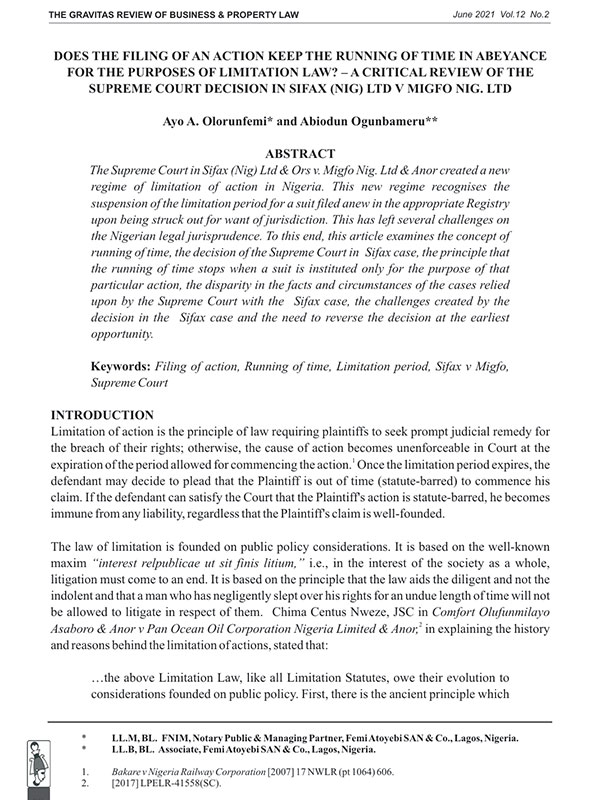

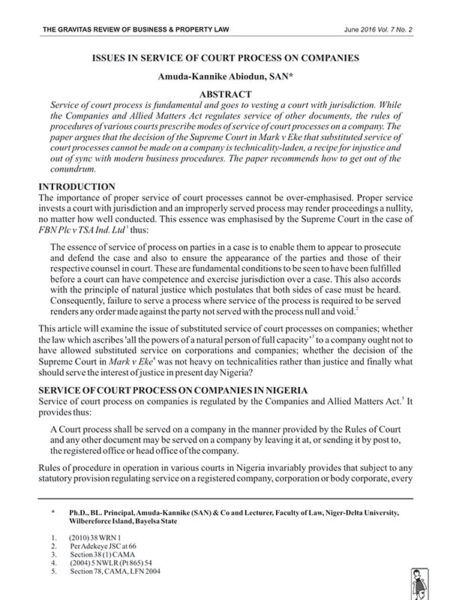
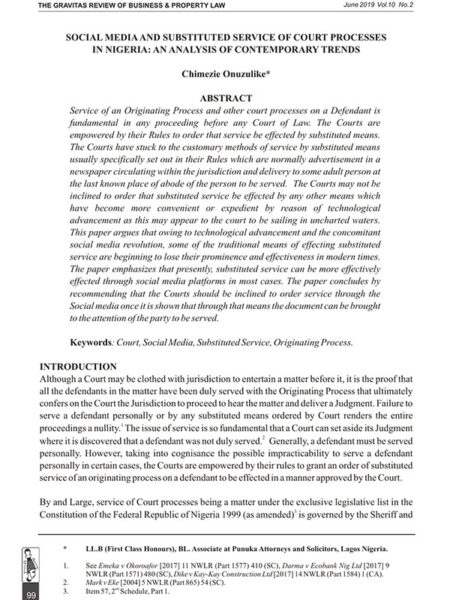
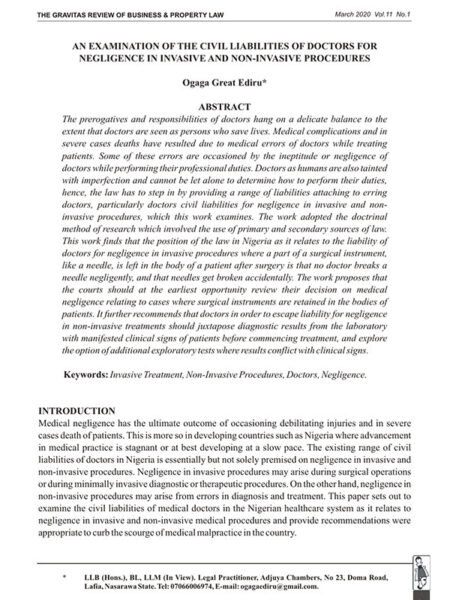


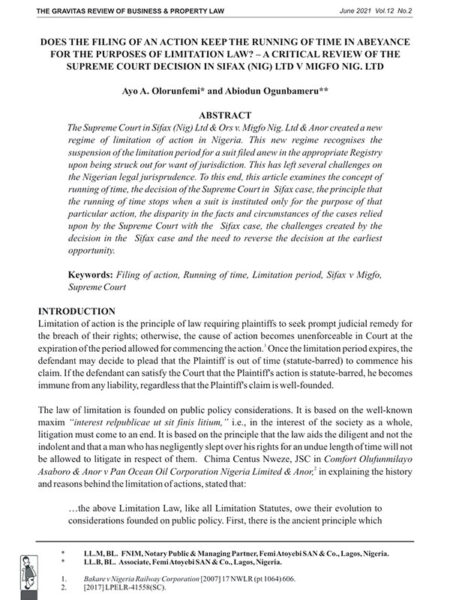
Reviews
There are no reviews yet.